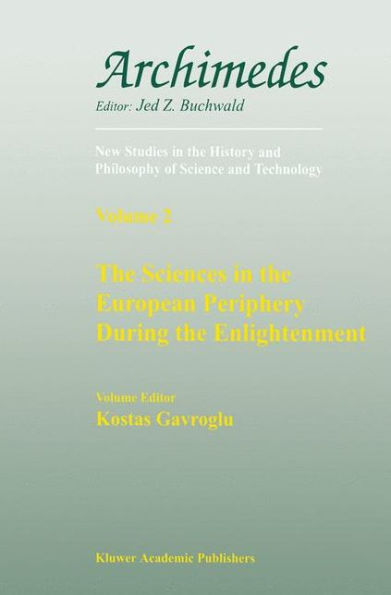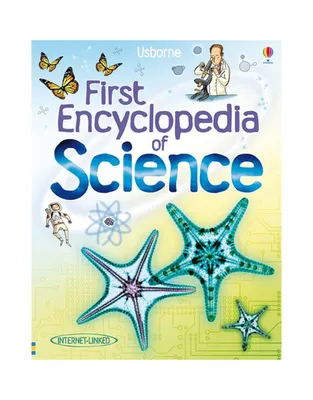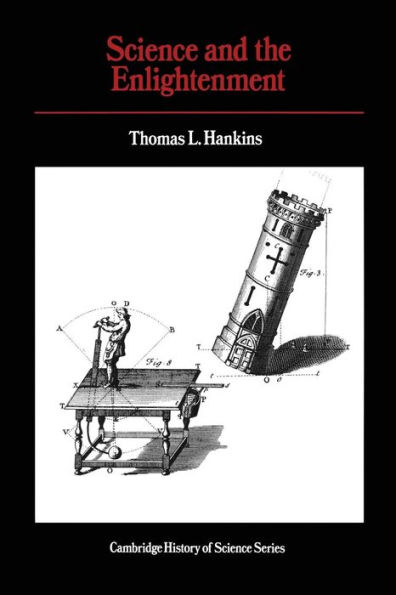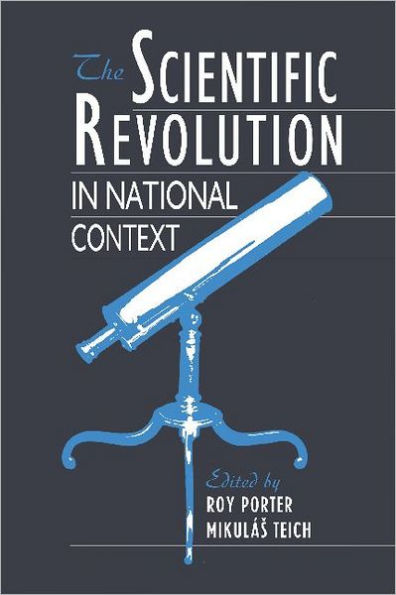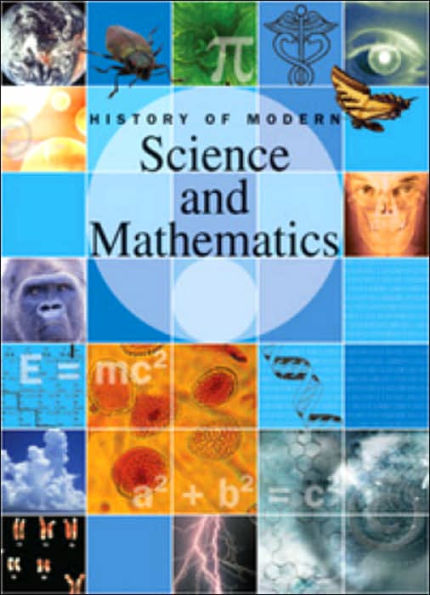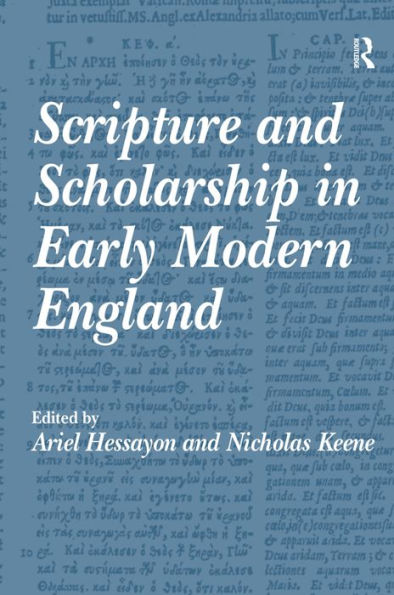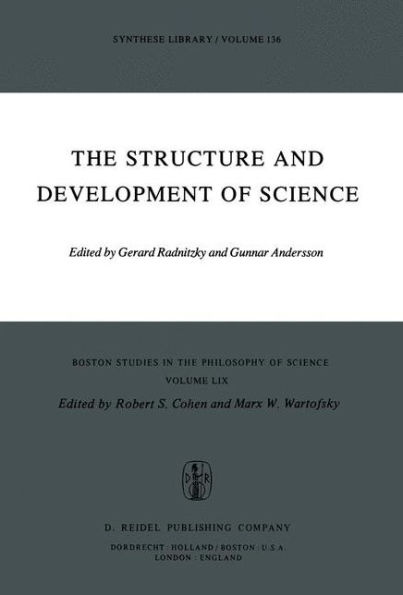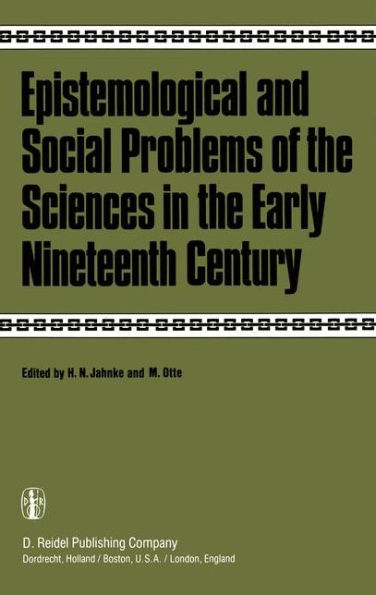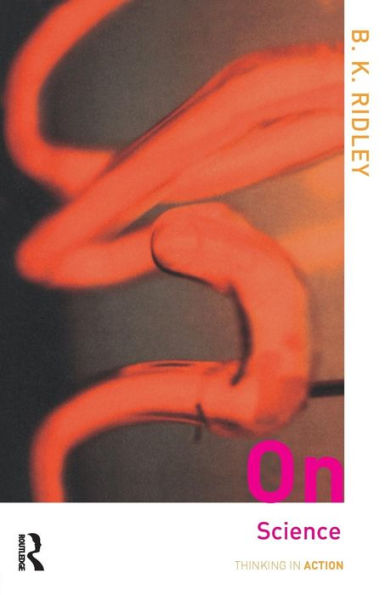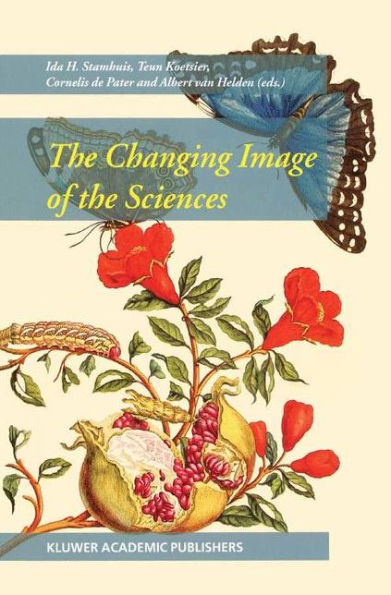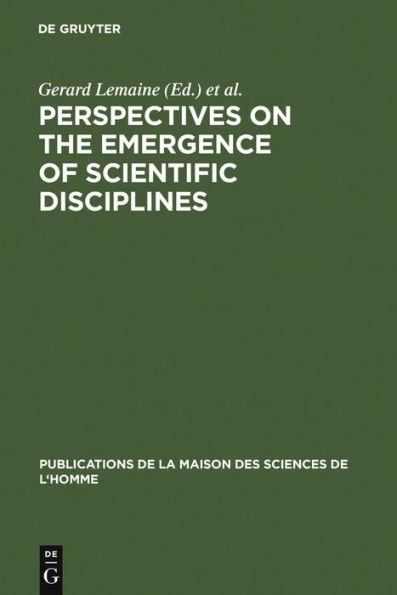Home
Universities and Science in the Early Modern Period / Edition 1


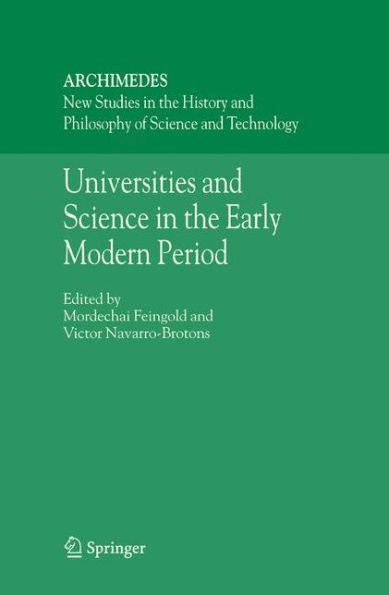
Universities and Science in the Early Modern Period / Edition 1
Current price: $169.99
Loading Inventory...
Size: OS
This book includes most of the contributions presented at a conference on “Univ- sities and Science in the Early Modern Period” held in 1999 in Valencia, Spain. The conference was part of the “Five Centuries of the Life of the University of Valencia” (Cinc Segles) celebrations, and from the outset we had the generous support of the “Patronato” (Foundation) overseeing the events. In recent decades, as a result of a renewed attention to the institutional, political, social, and cultural context of scientific activity, we have witnessed a reappraisal of the role of the universities in the construction and development of early modern science. In essence, the following conclusions have been reached: (1) the attitudes regarding scientific progress or novelty differed from country to country and follow differenttrajectoriesinthecourseof theearlymodernperiod;(2)institutionsofhigher learning were the main centers of education for most scientists; (3) although the universities were sometimes slow to assimilate new scientific knowledge, when they did so it helped not only to remove the suspicion that the new science was intellectually subversive but also to make science are spectable and even prestigious activity;(4)the universities gave the scientific movement considerable material support in the form of research facilities such as anatomical theaters, botanical gardens, and expensive instruments; (5) the universities provided professional employment and a means of support to many scientists; and (6) although the relations among the universities and the academies or scientific societies were sometimes antagonistic, the two types of institutions often worked together in harmony, performingcomplementary rather than competing functions; moreover, individuals moved from one institution to another, as did knowledge, methods, and scientific practices.
